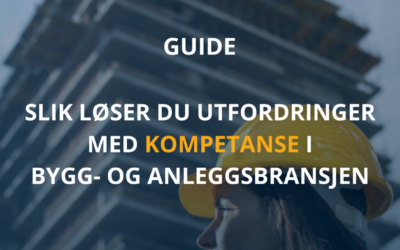What should a follow-up plan look like for sick employees?

Blog series: How to simplify and improve your workday
Øyvind Johansen
1. Identification and registration of sick leave
2. First contact and confirmation
3. Establish clear lines of communication
4. Facilitation and adaptation of work
5. Collect relevant documentation
6. Collaborate with other departments
7. Evaluate and adapt the plan
Illness situations are unique, and a follow-up plan should be flexible. Evaluate and adapt the plan in line with the employees' needs and changes in the situation.
A well-functioning sickness absence management plan is key to supporting employees on sick leave and maintaining your organization's productivity. By following these steps and ensuring the plan is flexible and tailored to individual needs, you as a manager can help create a supportive work culture and safeguard the interests of both employees and the organization.
Did you know that all sick leave reports can be received directly from NAV/Altinn and directly into 4human in the sick leave follow-up module in HRM . All follow-up plans are carried out in the system, so that you have an overview of all dialogue in the solution. All follow-up plans with full history can then be sent to your GP and NAV – digitally.
Download the guide on 7 things that streamline your business with sickness absence managementand understand how to manage the challenges that come with it.
Download guide: How to streamline sick leave follow-up in your business
Download guide: How to streamline sick leave follow-up in your business
Related posts
Guide: How to solve skills challenges in the construction industry
Leaders are required to take a proactive and strategic approach to skills management within the construction industry. This can help to ensure that...
Webinar recording: How to lead the technological evolution by digitizing skills in your business
Are you in control of your company's skills inventory? Are you prepared for technological developments in the skills market? Get...
From complex processes to simpler everyday life for Nordic Crane
Nordic Crane took a significant step towards the future in 2012 when they entered into an agreement with 4human to implement...


